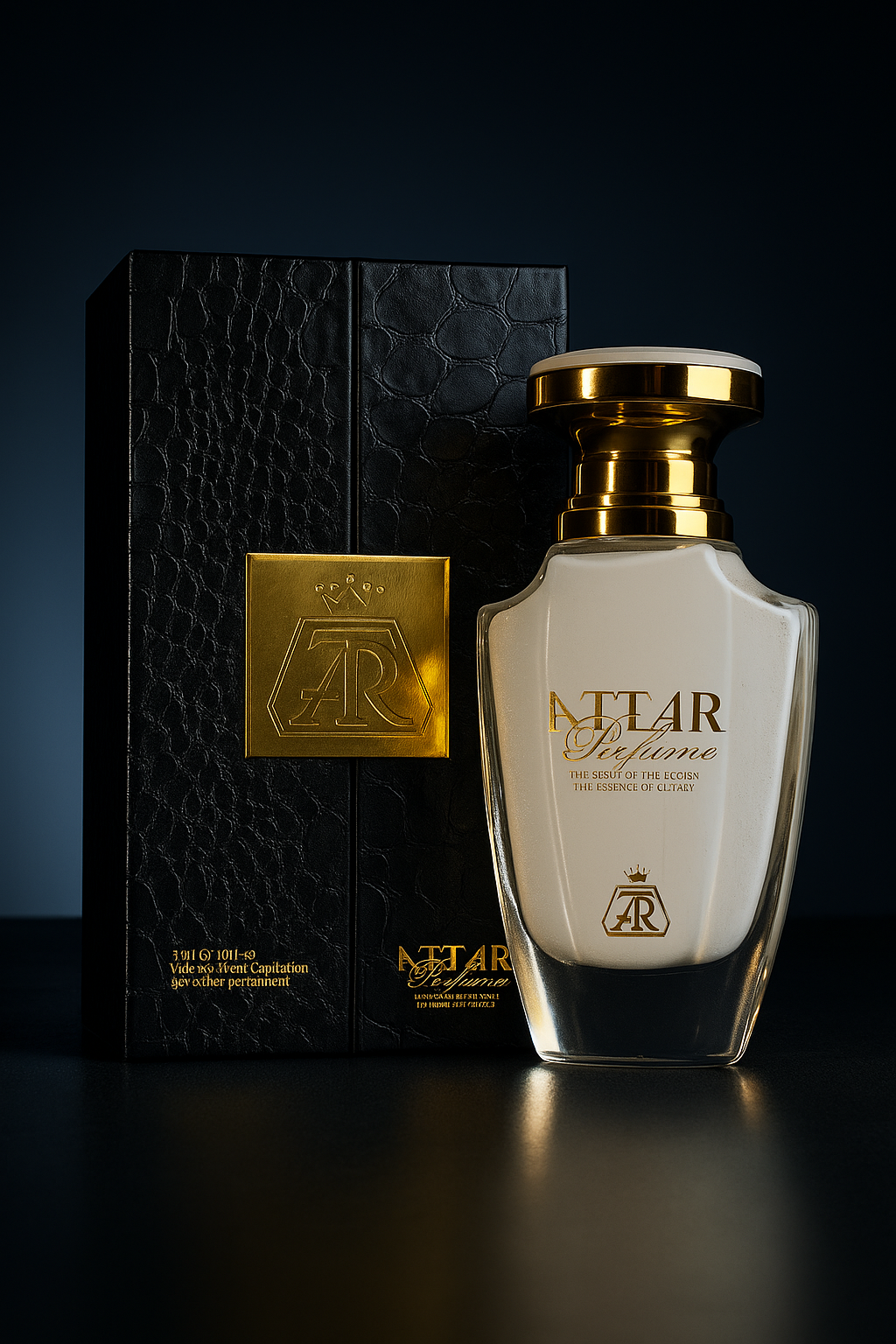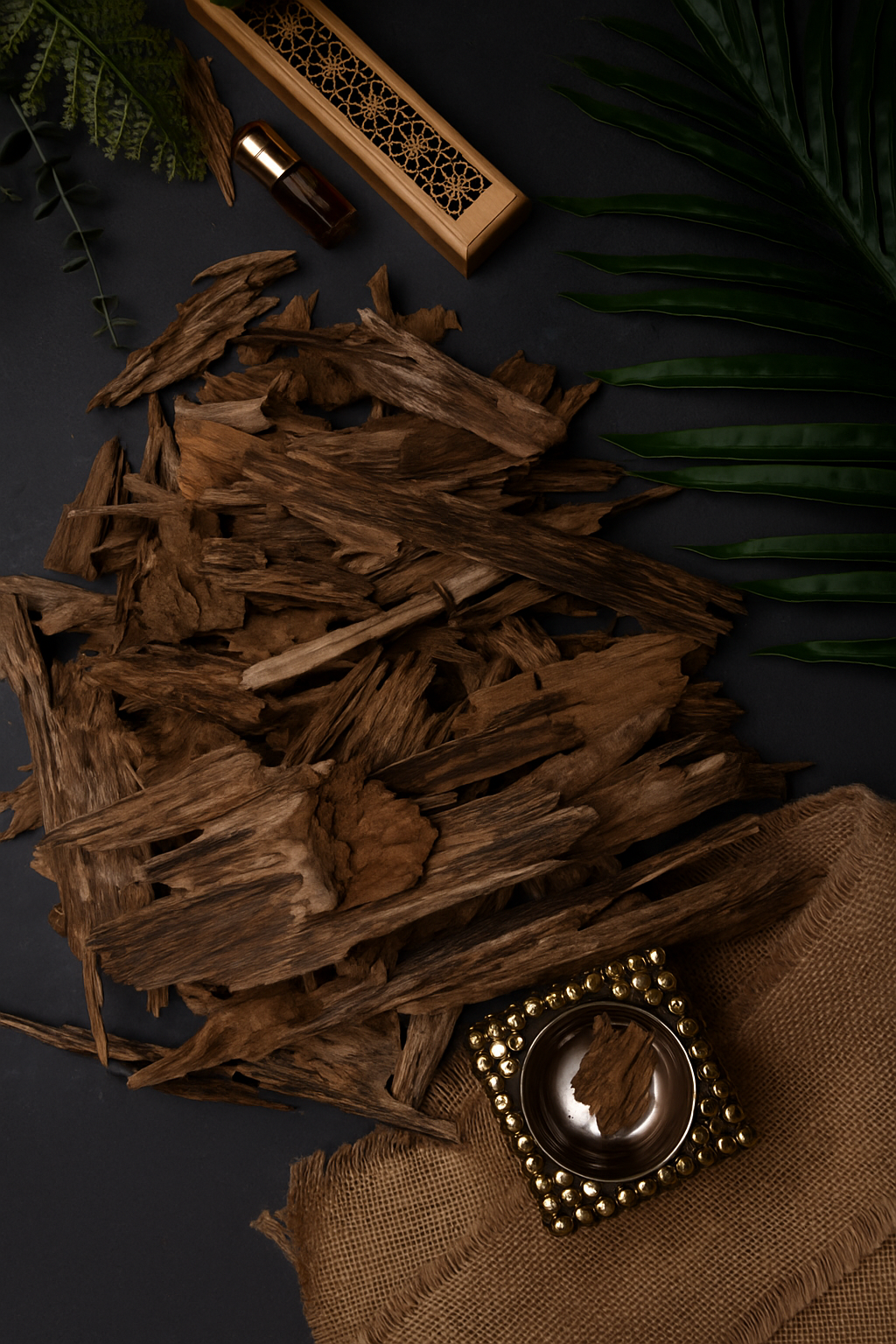In the world of oud, few comparisons stir as much fascination as Malaysian versus Cambodian. Both are legendary, both are luxurious—but they carry different soulprints shaped by the forests they come from.
Malaysian Oud: Deep Jungle Serenity
Harvested from the dense, rain-drenched forests of Malaysia, this oud is known for its calm and meditative character. It often opens with green, slightly bitter herbal notes, then deepens into rich resin, wet earth, and smoky woods. The profile is smooth, cool, and introspective—perfect for those who seek serenity in scent.
Cambodian Oud: Bold, Sweet, and Smoky
Cambodian oud is louder, more expressive. Sourced from lowland tropical forests, it delivers honeyed sweetness, hints of dried fruit, leather, and smoky balsam. It blooms quickly and makes a statement. Collectors often call it the "people-pleaser" of the oud world.
Which One for You?
If you enjoy complexity and quiet elegance, Malaysian oud will charm you. If you're after richness and projection, Cambodian oud won’t disappoint. Think of them not as rivals, but as two great wines—each crafted by different soil, time, and tradition.
How Malaysian Oud is Distilled: Fire, Patience, and Wood
The creation of Malaysian oud is a story told through fire, water, and ancient wisdom. Every drop is the result of craft passed down through generations.
Step 1: Wood Selection
It begins in the rainforest. Distillers choose matured Aquilaria trees with dense resin. The wood is then chipped and soaked in water to begin fermentation. This process softens the fibers and begins to unlock the scent molecules within.
Step 2: The Distillation
The soaked chips are boiled slowly in traditional copper pots over a wood fire. This takes place over 10 to 15 days, sometimes more. The fire must remain steady—not too hot, never too cool. This balance extracts the oil drop by precious drop.
Step 3: Separation and Aging
The resulting oil is carefully separated and filtered. But the journey doesn’t end there. The finest Malaysian ouds are aged for months or even years to develop smoothness and depth.
The Result?
A meditative, elegant oil with layers of green forest, smoky resin, and smooth wood. Malaysian oud is not just a scent—it’s a legacy in a bottle.
A Collector's Guide to Oud Oils: Smooth, Smoky, or Sharp?
Oud isn’t one thing. It’s a universe of scent—each bottle with its own personality. Whether you’re just starting or refining your collection, knowing the scent profiles helps you choose like a connoisseur.
Smooth Oud Oils
These are aged, mellow, and easy to wear. Indian oud with years of aging often falls into this category, along with high-grade Marouki and Borneo ouds. Expect creamy wood, light florals, and soft amber tones.
Smoky Oud Oils
Cambodian, Burmese, and Trat ouds often deliver that rich, incense-like smoke. These oils fill a room with warmth, leather, and deep resinous woods. They’re perfect for bakhoor lovers or those who want their oud to project.
Sharp Oud Oils
Hindi oud, especially fresh batches, can open with a powerful, almost medicinal sharpness. It’s an intense experience—green, wild, and raw. But give it time. These ouds often evolve into something magnetic and addictive.
Tips for Collectors
-
Store in dark, cool places.
-
Let the oil age. Even one year can transform the profile.
-
Sample before buying full bottles. Oud is personal.
Whether you lean smooth, smoky, or sharp—oud collecting is about discovering your own olfactory story, one drop at a time.











